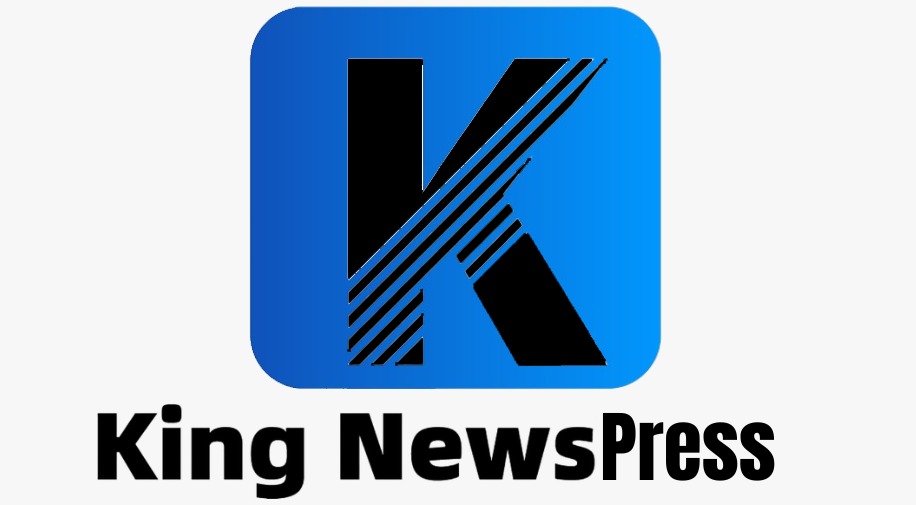How to Fix the 406 Not Acceptable Error When Using a Proxy
The 406 Not Acceptable error happens when a server can’t meet content requests, often worsened by proxy issues. Adjusting headers and using quality proxies like Swiftproxy can prevent this error, ensuring secure and seamless browsing.
The 406 Not Acceptable error is one of the less commonly encountered HTTP status codes, yet its occurrence can quickly derail workflows that depend on proxy technology especially in areas like web scraping, data aggregation, and secure browsing. Unlike more familiar codes, the 406 response signals a breakdown in content negotiation between client and server. For those integrating proxy services like Swiftproxy, this error can introduce frustrating obstacles. This article unpacks the mechanics behind the 406 error, explores its interaction with proxies, and offers detailed solutions to mitigate it, ensuring your data flows uninterrupted.
Decoding the 406 Not Acceptable Error
The 406 status arises when the server determines it cannot generate a response matching any of the content types specified by the client’s Accept headers. This group of headers outlines the formats, languages, character sets, or encodings that the client is prepared to receive. When no overlap exists between these client preferences and the server’s available representations, the server responds with the 406 code, effectively refusing the request.
This interaction known as content negotiation plays a subtle but pivotal role in HTTP communications. Headers involved typically include:
Accept: Enumerates acceptable media types (e.g., text/html, application/json).
Accept-Encoding: Lists supported compression methods (gzip, deflate).
Accept-Language: Specifies preferred language (en-US, fr-FR).
Accept-Charset: Indicates acceptable character sets (UTF-8, ISO-8859-1).
Misalignments or overly restrictive client declarations in any of these headers can provoke the 406 response.
How Proxies Compound 406 Errors
Introducing proxies into the data pipeline adds complexity. Proxy servers sometimes alter or strip headers to optimize traffic or enforce their own policies. Such modifications may unwittingly invalidate the client’s original Accept headers, provoking server rejection.
Other common proxy-related triggers include:
User-Agent anomalies: Generic or outdated User-Agent strings associated with proxy IPs can raise red flags on well-secured servers, resulting in refusals.
Security filters: Sophisticated anti-bot and firewall systems scrutinize headers and request patterns, frequently penalizing requests from proxy IPs perceived as suspicious.
Geolocation restrictions: Proxies located outside permitted regions might receive a 406 when servers cannot fulfill language or content requests for that location.
Misconfigured proxy setups: Errors in client or proxy configuration can distort headers or cause malformed requests.
Step-by-Step Remedies to Overcome 406 Errors
Audit and Adjust Accept Headers
Begin by examining the exact headers your client transmits. Developer tools in browsers or logging in your HTTP client library are invaluable here. Consider loosening strict content specifications by expanding Accept headers to allow broader media types (e.g., using */* to accept any format). Ensure the User-Agent string mimics a modern, widely used browser to reduce suspicion.
Verify Proxy Configuration
Check proxy parameters (host, port, authentication) thoroughly. If possible, test the request through alternative proxy servers to isolate if the error is proxy specific.
Choose a High-Quality Proxy Provider
Swiftproxy’s extensive network of real residential IPs helps requests blend naturally into normal web traffic. By rotating IPs intelligently and offering sticky sessions, it prevents repetitive patterns that might trigger server defenses.
Reassess URL and Request Logic
Confirm the requested URL is correct and that your scraping or browsing application sends headers and parameters correctly. Simple typos or logic errors in code can unintentionally provoke 406 responses.
Why Swiftproxy Makes the Difference
Swiftproxy’s advanced proxy infrastructure minimizes the risk of 406 errors by:
Genuine residential IPs: With IPs sourced from actual devices worldwide, Swiftproxy’s traffic appears indistinguishable from ordinary user activity, sidestepping many security triggers.
Adaptive IP rotation: Automatic IP switching prevents detection patterns, while sticky sessions maintain consistency when needed.
Global presence: Extensive geographic coverage lets users access content from permitted regions, bypassing geo-restrictions tied to language or content.
Robust performance: Low latency and high reliability ensure requests reach servers intact and on time, reducing the chance of partial or malformed responses.
Conclusion
Encountering a 406 Not Acceptable error while using proxies need not halt your operations. By understanding the delicate dance of HTTP content negotiation and the subtle ways proxies influence it, users can craft requests that servers can satisfy. Swiftproxy’s resilient, intelligent network equips users to navigate these challenges with confidence, balancing privacy, speed, and compatibility to keep data flowing freely.
Company Details
Organization: Mescent Network Inc Limited
Contact Person: Lewis
Website: https://www.swiftproxy.net
Email: Send Email
Contact Number: +8613357729503
Address: ROOM 2205, 655 NATHAN ROAD, KOWLONG, HONG KONG
City: Hong Kong
State: Hong Kong
Country: Hong Kong S.A.R.
Release Id: 27102533788
